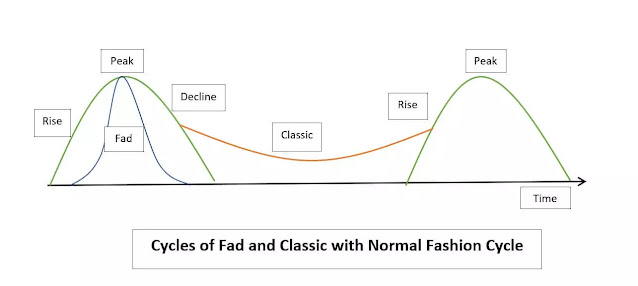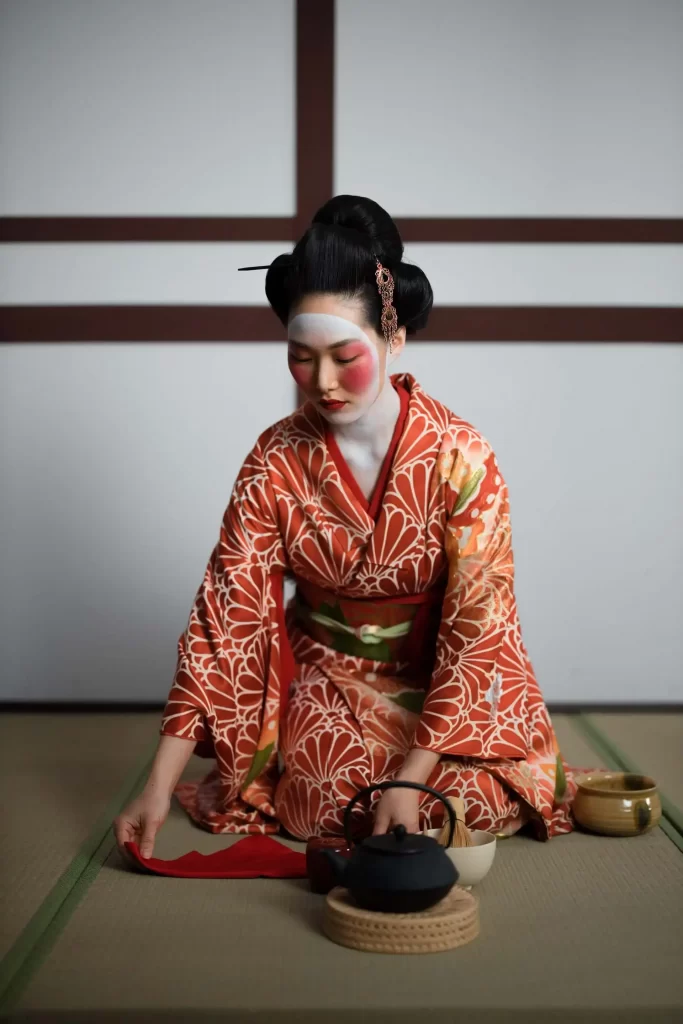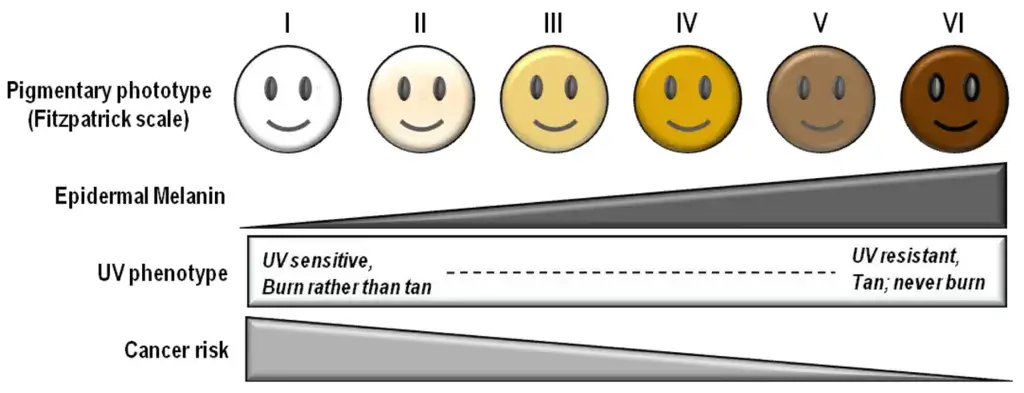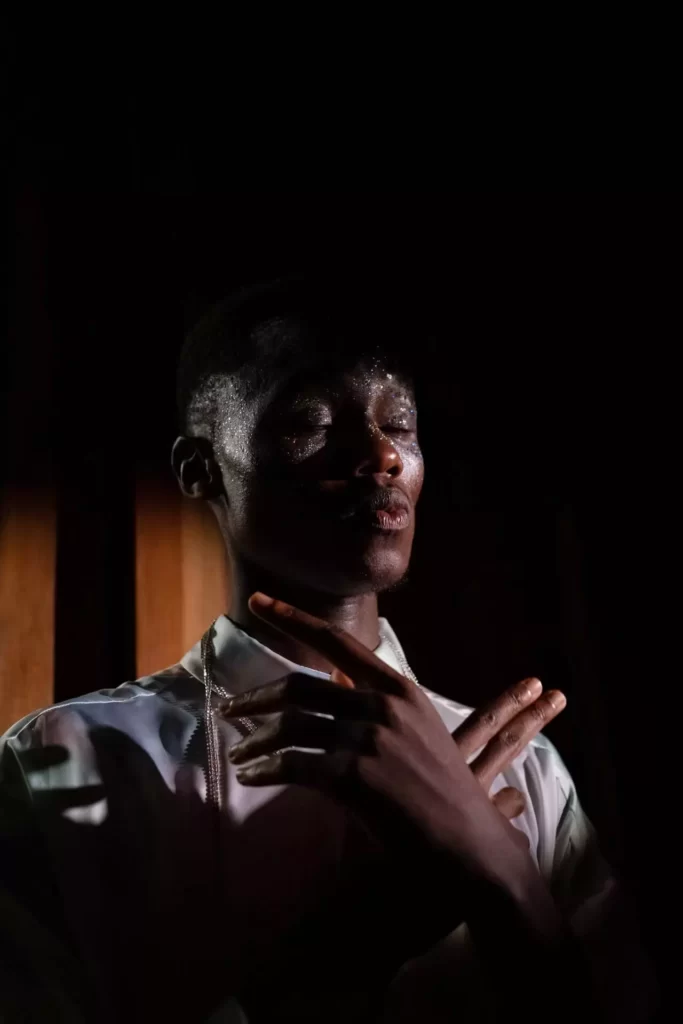As we know people have their unique style (Want to know the difference between STYLE AND FASHION? HERE!), but still, Fashion changes. Instead of having a personal choice why do, trends have to change with time? Why can't it be the same if people stay in their comfort zone? Let's look!
Why Fashion Changes?
French Historian Daniel Roche had stated Fashion, as a dynamic change. People are always searching for new things and as a result, fashion changes. With the developed technology and communications, the speed of changes in fashion has also increased. History tells us that fashion is amplified by incidents in the community. Seasonal changes move fashion, as each season required new types of clothes. Fashion is leading for its continuous cycle of changes and renaissance. There is a theory called Zeitgeist Theory. Which is a German word meaning “Spirit of Times”. It helps us to identify period-specific cultural patterns. Let’s discuss some factors to which Fashion responds.
Dominating Events
Three kinds of Dominating events are 1. Significant events like simple, non-luxurious clothing during wartime; 2. Accidental events like the discovery of Tutankhamun’s tomb in the 1920s guided motif designs of Ancient Egypt, which was a major influence on the Art Deco style; 3. Art events like the close relationship between Pop art and fashion in the 1960s.
Dominating Ideas
Patriotism like casual wear with army uniform references, gender equality like androgynous fashion, the connection between fitness beauty and youthfulness which are activewear, athleisure fashion, and multi-cultural society like the coexistence of Western and indigenous fashions at a particular point in time.
Dominating Social Groups
These include people with power, wealth, status, and leadership positions. For Example, celebrities, influencers, fashion bloggers, and opinion leaders who are highly visible in the entertainment and social media and whose personal style and brand acceptance led fashion.
Dominating Attitude
This includes the need for imitation like the influence of casualwear in the 1990s and differentiation like 1980s Punk fashion in London.
Dominating Technology
Technology deeply marks everyday life. For example, AI, smart textiles in fashion, technology, robotics, and automation urges mass production.
Theories Behind Changing Fashion 👗
Here I’ll show you three reasons behind changing fashion!
1. Trickle-Up Theory
The trickle-up theory is also known as the bubble-up theory. This theory is based on those fashions that flow from lower classes to upper classes. Examples are bright shirts, sports shoes, sports coats, and hoodies. In the 1970s Hippie fashion like skirts paired with knit shrugs shifted from lower class to extensive trend. In the 1980s Yuppie fashion like kitten heels, pastel colors, power shoulder, high waisted pants inspired by major fashion houses like Ralph Lauren, Tory Burch, and Dr. Martens Boots. *Information has been taken from here.*
2. Trickle-Down Theory
The Trickle-down theory is based on those fashions that flow from the upper class to the lower class. History shows that clothing styles were dedicated by royalty by birth, rank, or wealth. These elite classes separated themselves through fashion for ages. Whenever the styles flowed downwards, elite classes adopted new looks to maintain social differentiation.
3. Trickle-Across Theory
Trickle-Across theory is a concurrent Adoption theory in a horizontal flow. Modern communication helps to bring influences from around the world into local very quickly. Designers reach out to their target market segments, with their specific price points. The Fast Fashion chains are closer to the target visualized by the trickle-across theory. Their speed to market made it possible for different styles to trickle across for wider acceptance at the same time.
Fashion Cycle

So, we already know that Fashion is always changing. Old fashion falls with the rise of new fashion. We also understand that a dominant style or color that influences a sense of new dressing at a time, leads to a new silhouette for gentlemen and ladies. This can be anything from top to bottom. The changes in fashion that happen in a particular pattern paint a life span, and are expressed through the fashion cycle. The fashion cycle is a bell-shaped curve consisting of five stages. Styles that stay for a short period are called Fads and for long-duration called classic fashion.
1. Introduction
The introduction is when the style first arrives in the fashion world. This introduction can be an outfit worn by a celebrity or a planned effort by a designer. In this phase, the new style may be available at a high price. In the introduction stage, some styles adapt easily and some are not by the public.
2. Rise
After the introduction of a style, it is time to rise that fashion and gain acceptance by a large community. When a particular style is worn by celebrities like sportswomen, movie stars, and fashion influencers, it starts to gain attraction. Then come advertising promotions and media. Fashion followers grab that style and increase the trend.
3. Peak
This is the stage when that style becomes fashion. This stage shows the peak of popularity and how widely spread the style is. The price may be higher in this stage because of the increasing demand. But at this stage fashion leaders discard the style when the trend reaches full saturation level. But still, the style will be available at a variety of price levels because consumers already accepted that style.
4. Decline
Because fashion leaders already discarded that style, its popularity started to decrease over time. Consumers and fashion followers seek a new style. It’s an oversaturated stage, where everyone wants their outfit to be unique rather than mainstream.
5. Obsolescence
This is the stage where that style becomes obsolete from the market. The discarding of a style because it is old fashion, is called Consumer Obsolescence. They are not interested in buying that style anymore, so manufacturers stop producing and it becomes obsolete from the market. And it is the time for a new introduction of a style again.
So, we got a clear idea of why and how fashion changes? But you’re probably thinking what are those other lines shown in the above picture? Let’s know MORE ⬇
Cycle Within Fashion Cycle
Fashion designers predict trends in terms of colors, silhouette, and materials to take advantage of the upcoming fashion of a particular style during its rise and peak stage. Each of these variations goes through a cycle within the fashion cycle, and it’s called a cycle within the fashion cycle. Denim was developed by Levi Strauss during the Gold Rush in California in the 1850s. It became so popular that it has continued as a fashion foremost. Yet there are variations in the cut like a baggy, bootleg, straight leg, tapered leg, color like shades of blue, fabric surface treatments like laser-cutting, stone-wash, etc. So, the product itself like jeans remains classic but variations of it came and went with time.
1. Classic
A style or particular design that remains popular for a long period is called classic style. Classic styles are sustainable, look good on a large range of people, and have excellent quality. Classic styles are simple, timeless styles. Like basic blue jeans, white t-shirts, or white sneakers.
2. Fad
A style that stays for a short period but becomes very popular means it goes to the peak level of fashion is called a fad. Fads stay within a smaller popular population, hence also called miniature fashions. After a fully saturated state, these fashions fade very quickly. For example, it can be distressing jeans, cropped tops, or neon color clothing.





3 Comments. Leave new
Dominating events were good reasons..
Easy to understand. And Fashion Cycle is very related, good that you covered it here.
Collection is unique